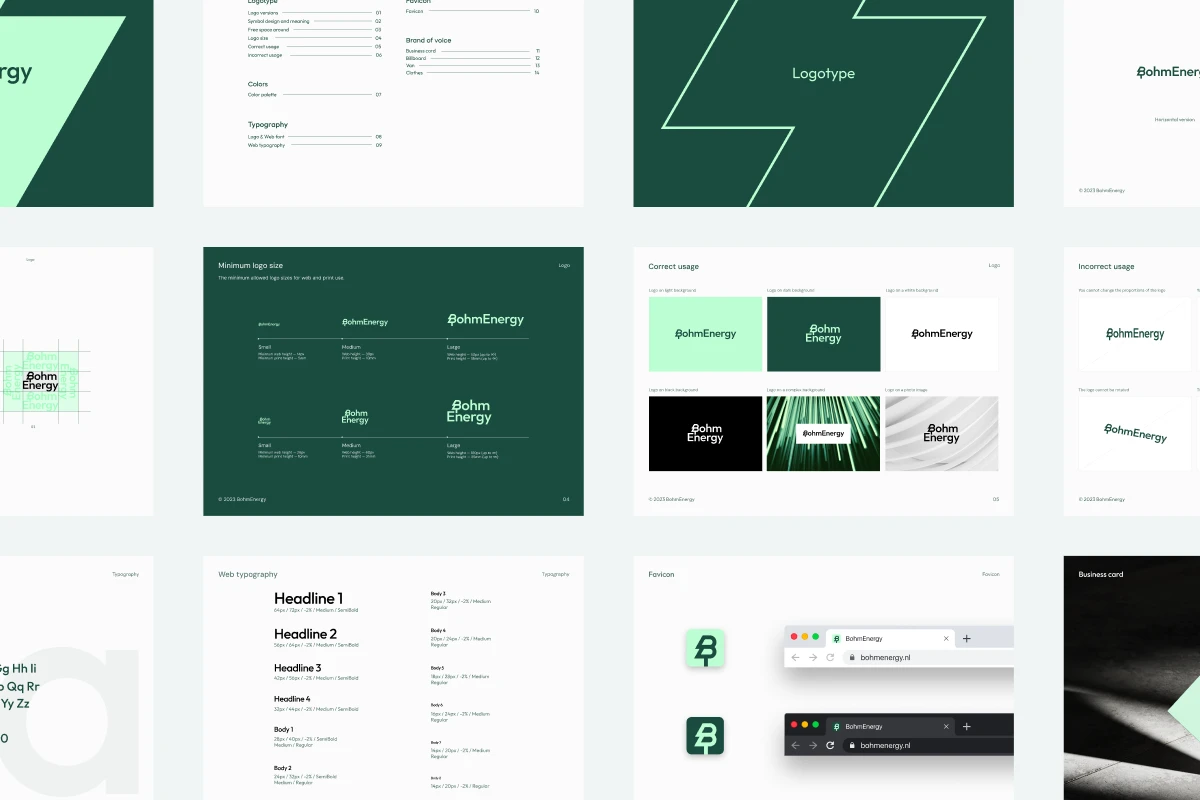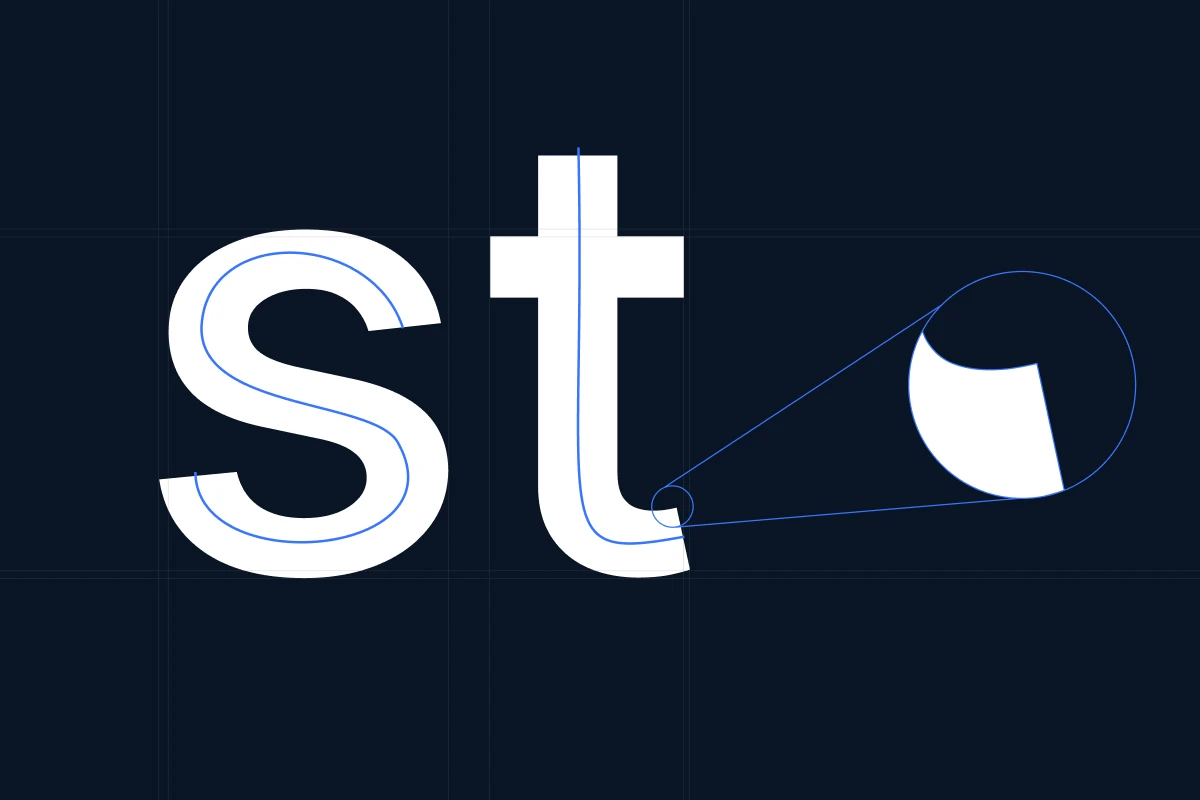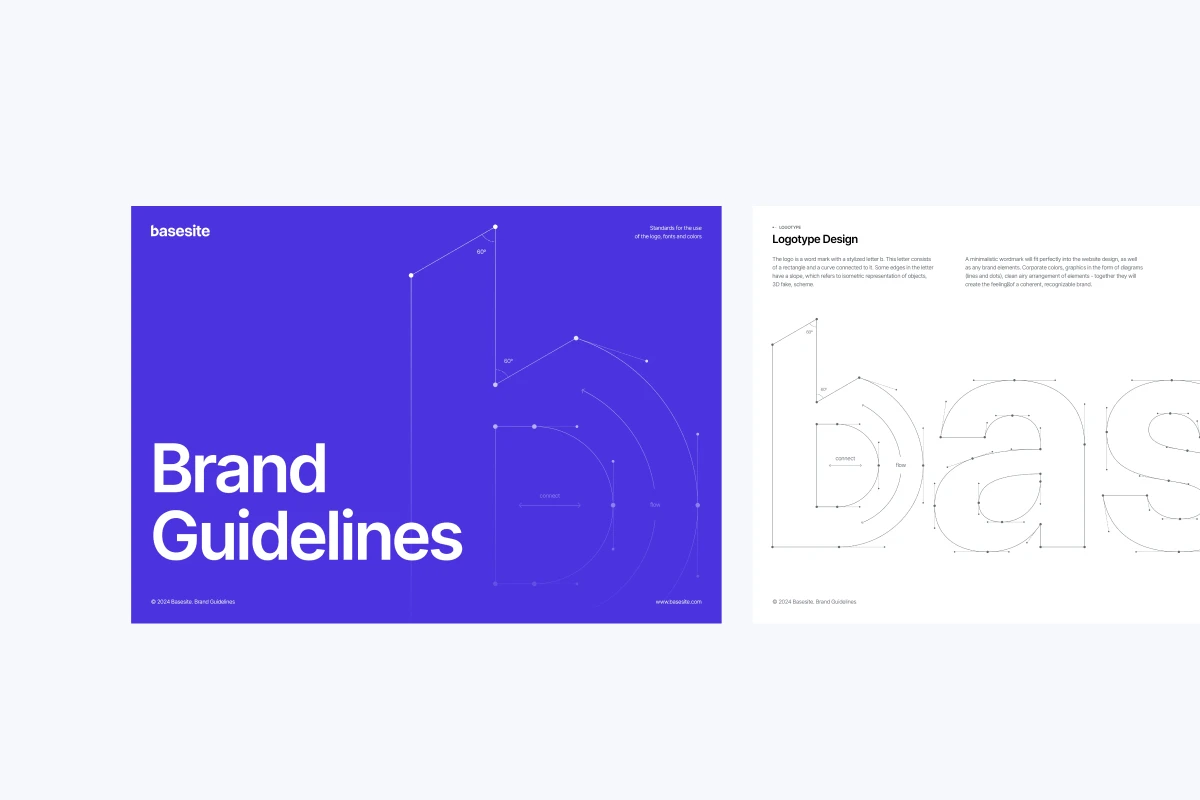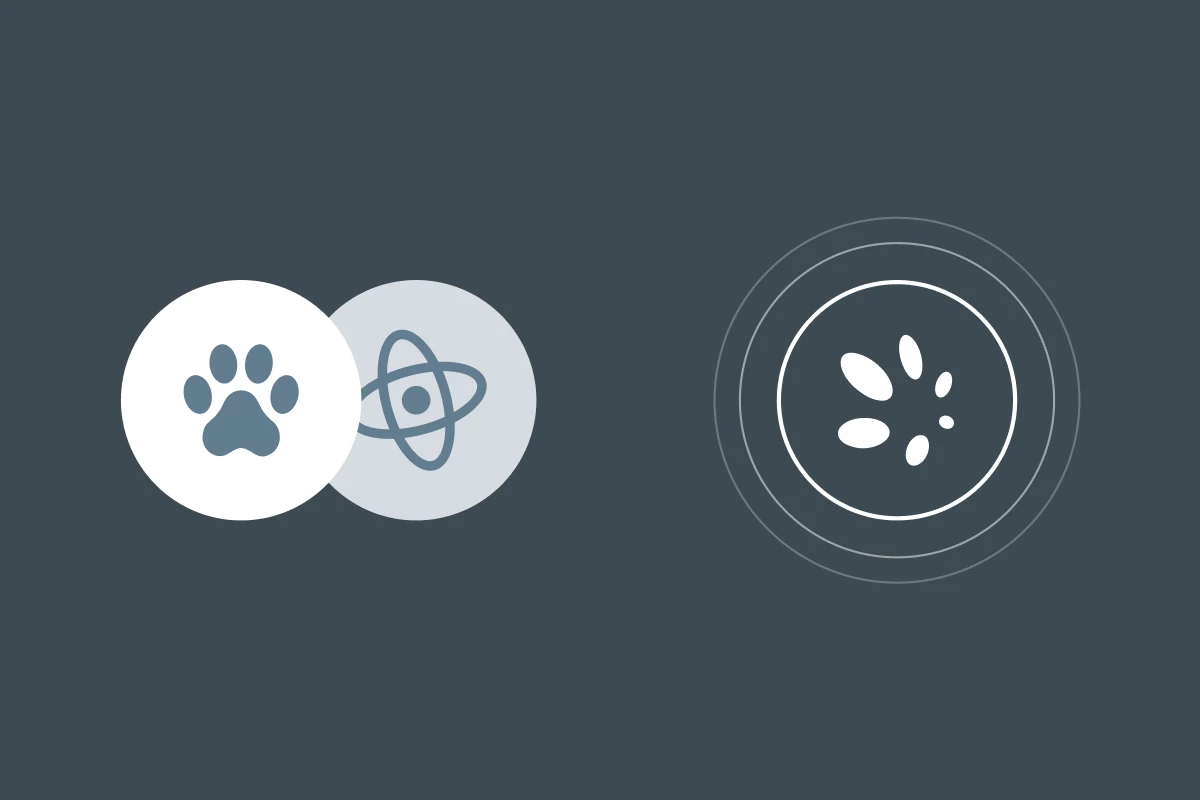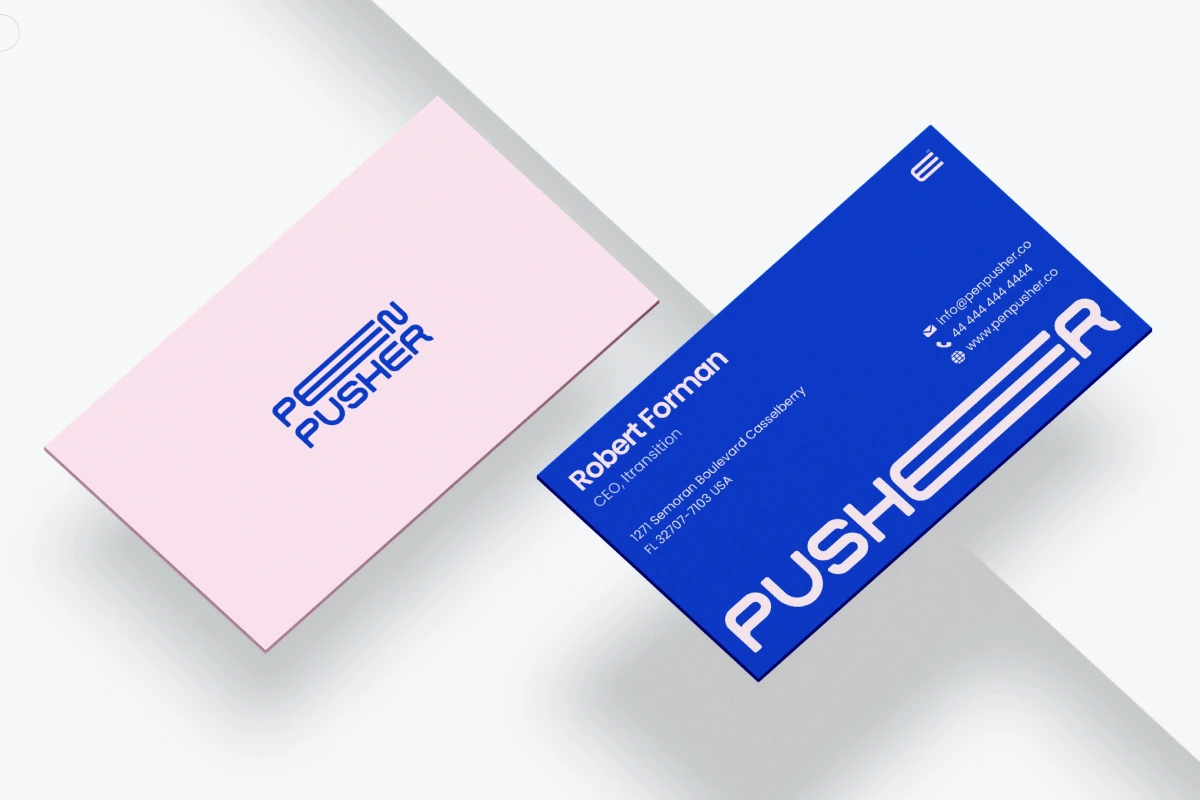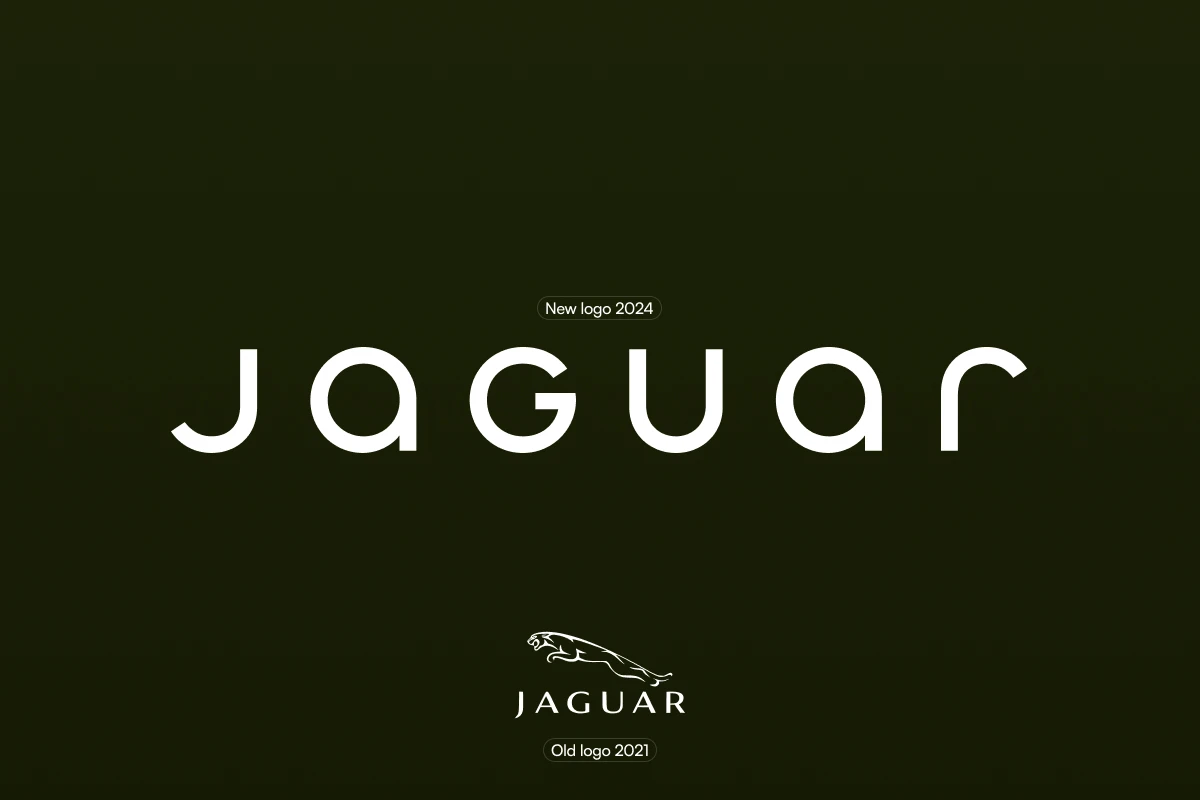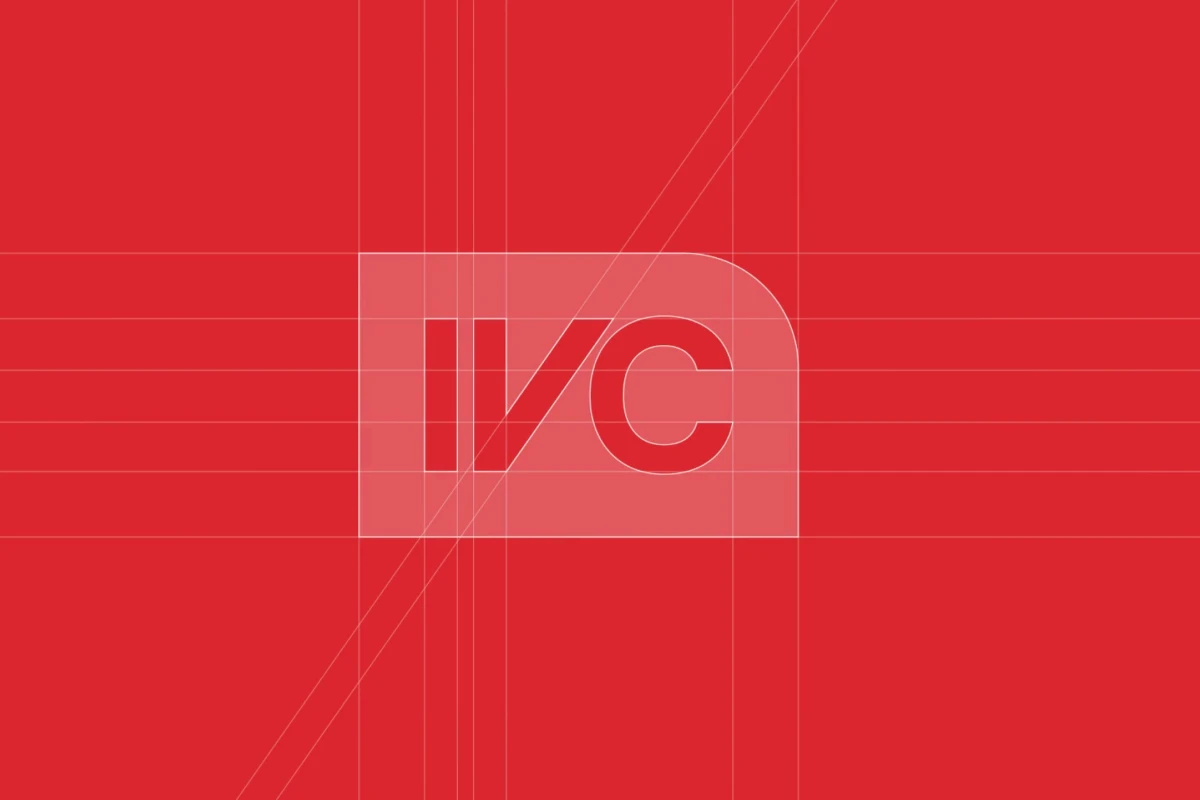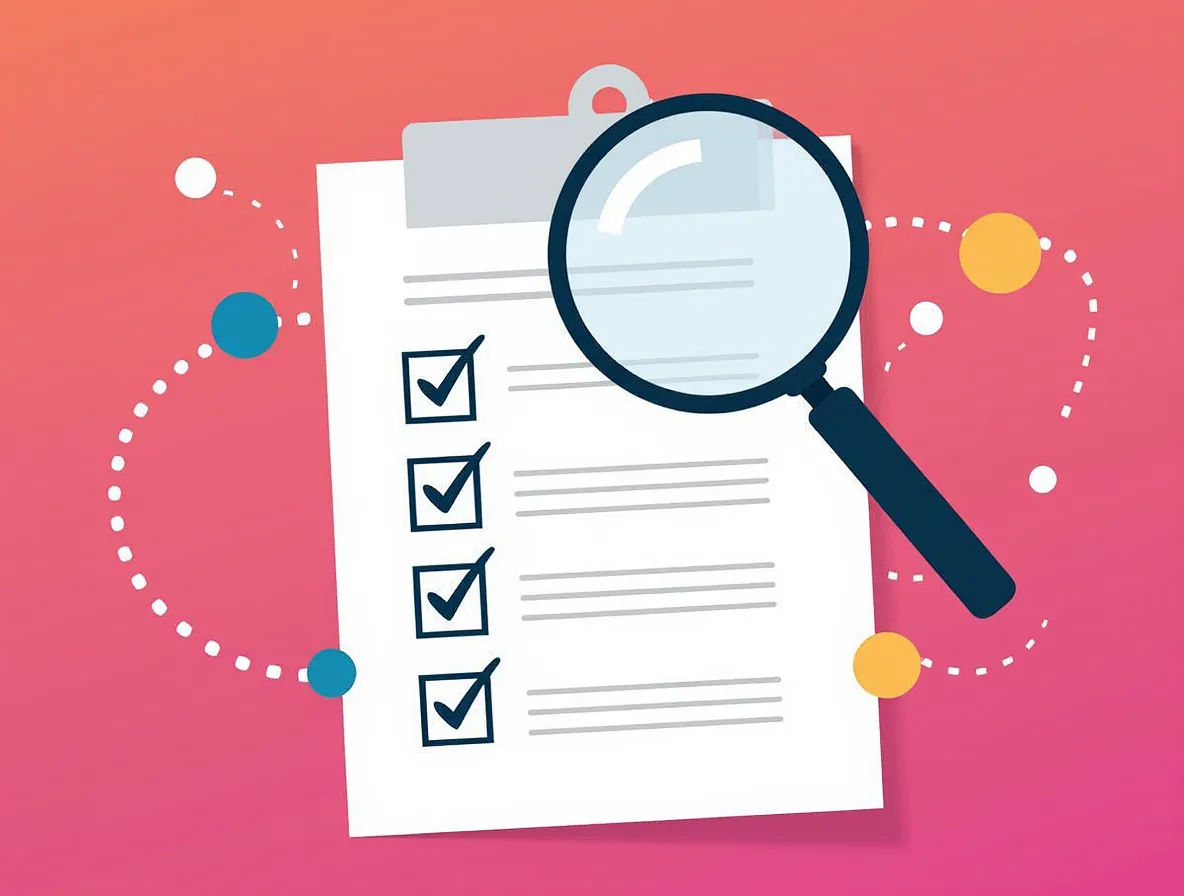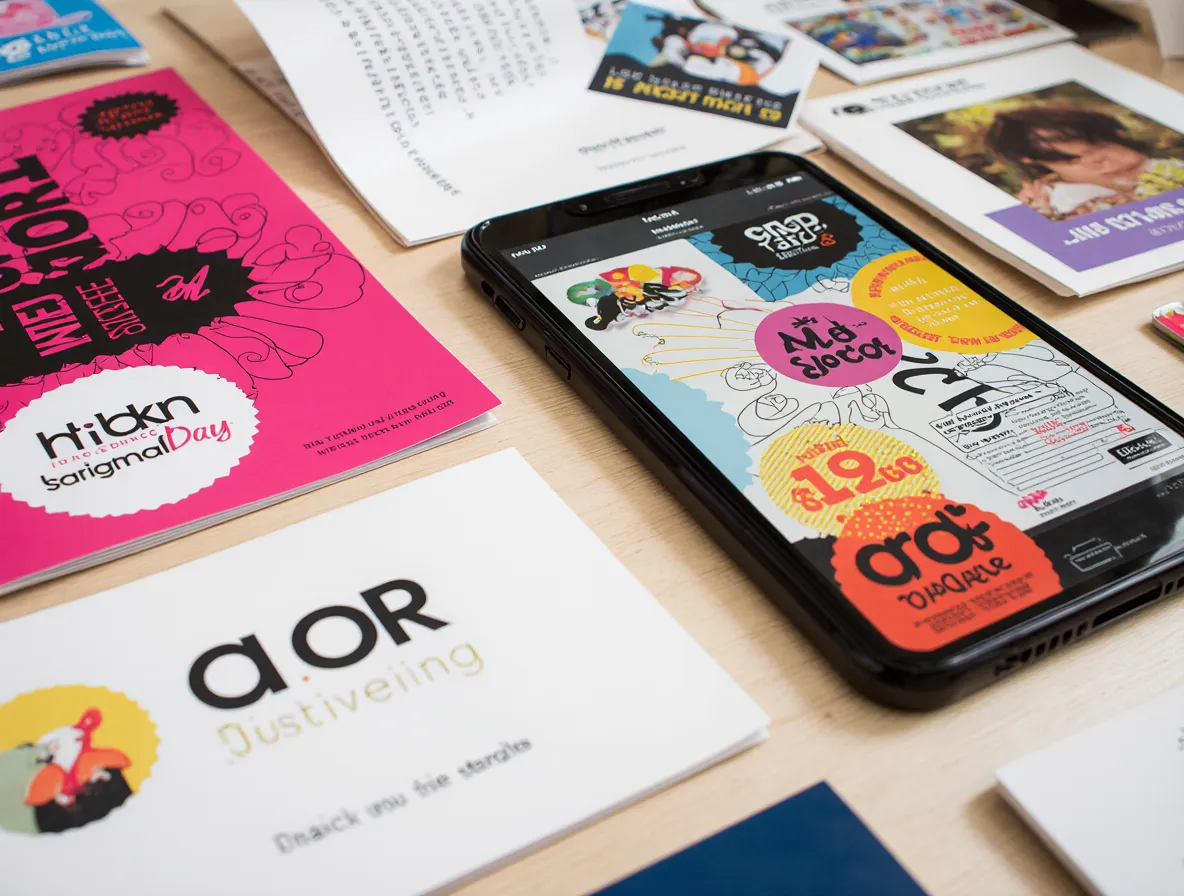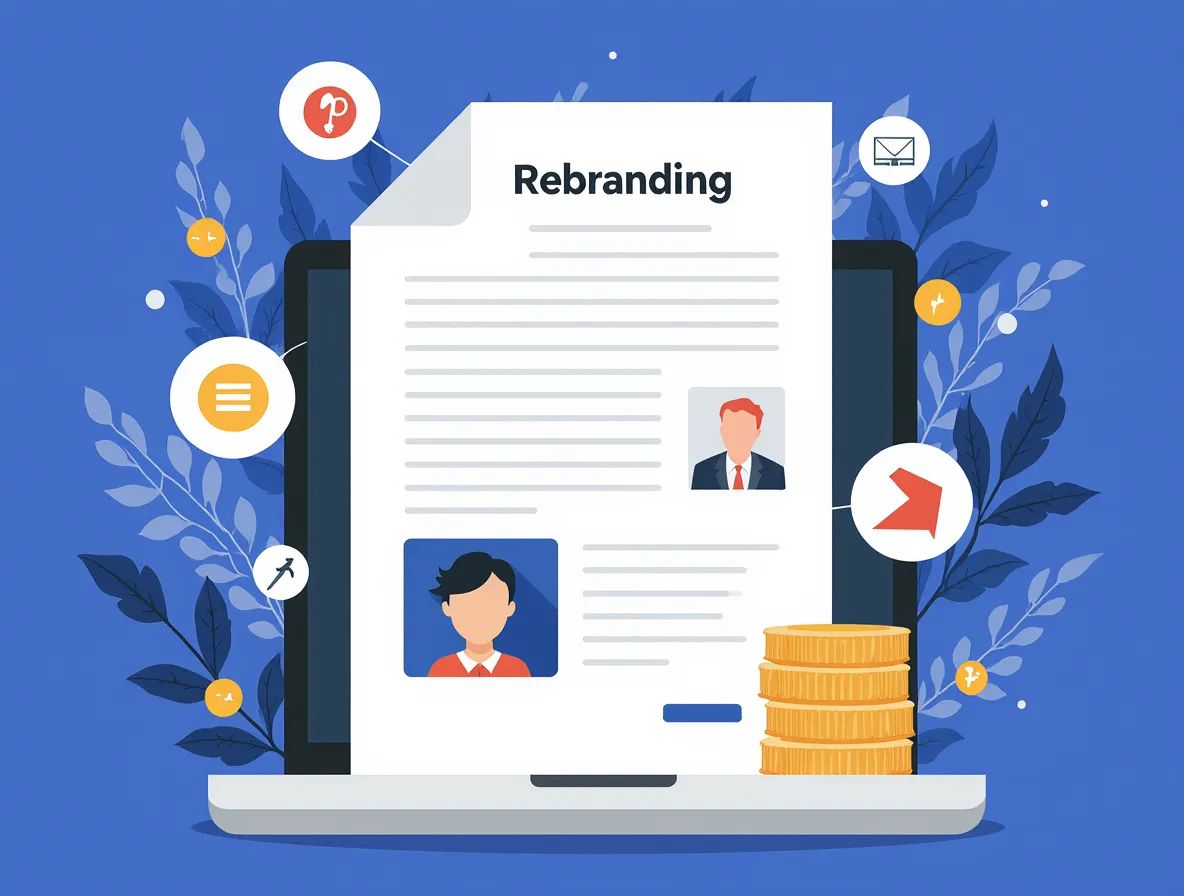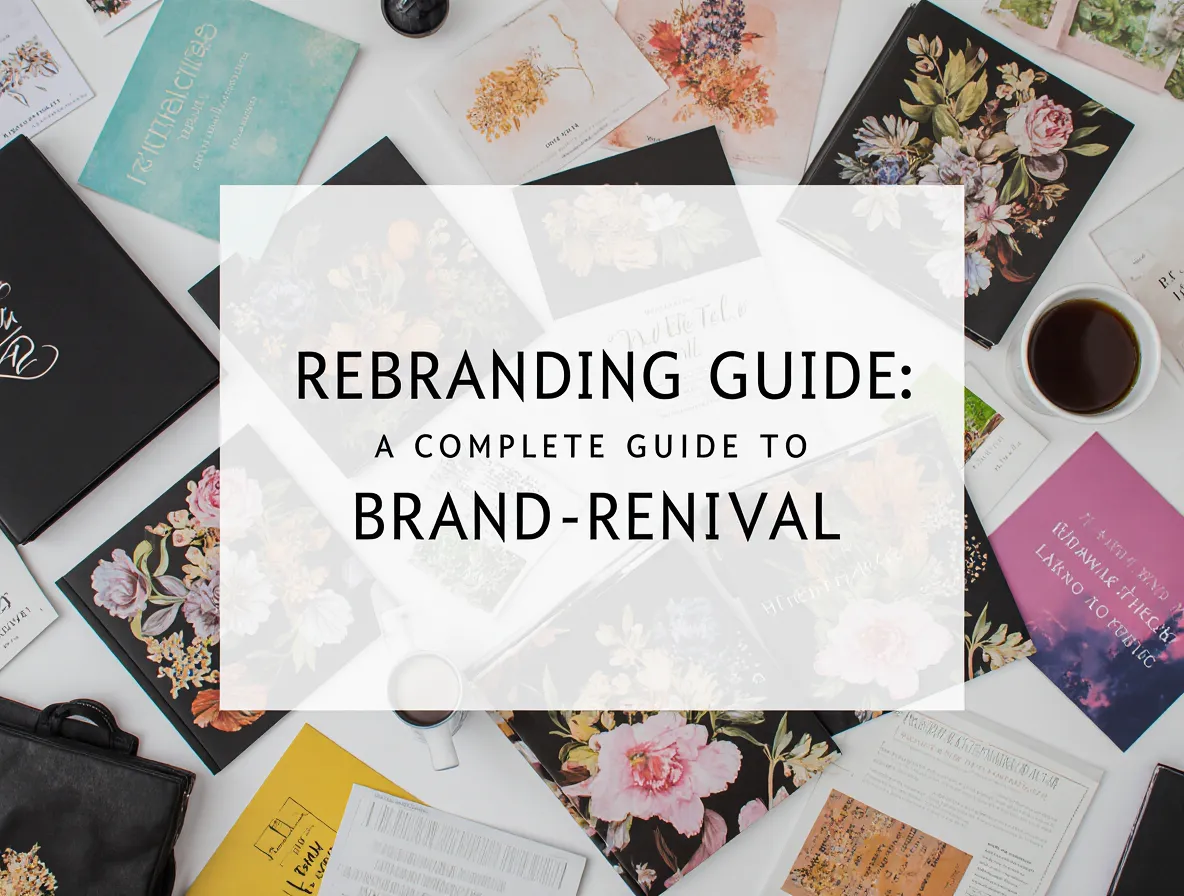Your SaaS platform generates $8M in annual revenue, but your brand looks like a 2014 bootstrap startup. Sales teams report that enterprise buyers question your maturity before seeing product demos. Your conversion rate plateaued at 2.3% while competitors hit 4-5%. This is when rebranding for SaaS becomes a strategic business decision, not a cosmetic fix.
Rebranding a technology company differs fundamentally from rebranding a retail business. Your customers are technical. Your brand lives in software interfaces they use daily. Making wrong moves confuses existing users, tanks conversion rates, and wastes $150,000 in the process.
Why Do SaaS Companies Need Rebranding?
SaaS company branding becomes critical when your current brand blocks business goals. Three scenarios drive 78% of rebranding decisions: preparing for funding rounds where brand perception impacts valuation, entering enterprise markets after proving product-market fit with SMB customers, and pivoting product repositioning after discovering more lucrative customer segments.
Market position shifts force rebranding. When Slack evolved from a gaming company's internal tool to a standalone product, they needed a brand reflecting their new identity. When Mailchimp expanded beyond email marketing, their positioning evolved to match enterprise ambitions while keeping their visual identity recognizable.
Technical debt exists in branding. Your brand worked perfectly at 10 customers and $500K ARR. At 1,000 customers and $10M ARR, that same brand creates problems. Your website doesn't convert enterprise buyers. Your messaging doesn't differentiate you from 47 competitors who launched since you did.
How Did We Get Here? The Evolution of SaaS Branding

Fifteen years ago, tech companies were branded like hardware manufacturers. They picked serious names (often acronyms), used blue or gray colors, and focused messaging on technical specifications. Oracle, IBM, and Microsoft defined "professional" in technology.
- This approach had a fatal flaw: every company looked identical. Buyers couldn't distinguish between vendors based on brand. Decision-making relied entirely on product demos and lengthy RFPs. The brand added zero value to sales.
- The mobile and cloud revolution changed everything. Consumer apps like Instagram proved that technology products could have personality without sacrificing credibility. B2B companies noticed their own employees—technical decision-makers—preferred tools with approachable brands.
- Some companies tried "corporate casual": slightly softer colors, friendly-but-safe messaging, and stock photos of diverse teams. This failed because it was inauthentic. Companies looked like they were trying to be cool rather than being themselves.
Modern SaaS branding emerged from this period. Stripe, Notion, and Figma demonstrated that B2B tools could be technically sophisticated and visually distinctive. They used bold design, clear messaging, and consistent experiences across touchpoints.
What Problems Does Rebranding Solve?
Rebranding solves specific business problems, not aesthetic ones. If your only complaint is "our logo looks dated," you need a logo refresh—two weeks, $15,000.
Real rebranding addresses positioning misalignment (your brand says "startup tool" but you're selling six-figure contracts to Fortune 500 IT), product-brand disconnect (you added 12 features but your brand communicates your original single-feature value), market confusion (customers can't explain what makes you different), acquisition friction (your brand doesn't reflect the parent company post-acquisition), and geographic expansion challenges (your brand doesn't translate culturally).
A project management platform faced this problem. They started as a tool for creative agencies, but 65% of revenue came from construction companies. Their brand—minimalist design, creative-focused messaging, agency case studies—repelled their best customers. They rebranded around operational efficiency and field-to-office communication. This improved audience targeting and increased enterprise trial-to-paid conversion by 34%.
{{vad-quote-1}}
Should You Rebrand or Refresh?
A brand refresh updates visual elements while keeping core identity intact. You change colors, refine your logo, update website design, modernize messaging—but customers recognize you. Budget: $25,000-$75,000. Timeline: 6-12 weeks.
Most SaaS companies at the Series A-B stage benefit more from a targeted brand refresh than a complete overhaul. The key is identifying which elements create friction with growth goals and updating them without disrupting user recognition or technical infrastructure.
A full rebrand changes fundamental positioning, often including name changes, completely new visual identity, and repositioned messaging. Customers experience a distinctly different brand. Budget: $100,000-$500,000+. Timeline: 4-6 months.
Here's a test: If a customer who hasn't visited your website in two years comes back after your project, will they recognize you? If yes, it's a refresh. If not, it's a rebrand.
Zoom did a brand refresh in 2022. They updated their color palette, refined typography, modernized their website—but kept their name, core identity, and market positioning. Compare this to Facebook's rebrand to Meta, which signaled a fundamental shift in company direction.
Rebranding decisions involve multiple interconnected considerations—from choosing the right implementation approach to measuring results. Understanding the full context helps avoid costly mistakes and set realistic expectations:
- Rebranding: A Complete Guide to Brand Renewal
- Rebranding Strategies: How to Build a Successful Path
- How to rebrand small businesses
- Rebranding vs. brand refresh: how to choose the right scale of change (guide + checklist)
- When a company needs rebranding: signs and reasons for renewal
- Mistakes in rebranding: what businesses should avoid
- Rebranding for startups: how to create a unique image from the very beginning
- How to Know if Your Rebrand is Successful - Measuring the Success of Your Rebrand
Three Rebranding Mistakes That Cost Six Figures
Mistake 1: Launching Like a Product Feature
Companies spend six months developing a new brand, then announce it with a blog post titled "Introducing Our New Look!" expecting customers to celebrate.
They do this because it seems logical. You're excited. Your team worked hard. You want to share enthusiasm.
The cost: Customers don't care about your brand refresh. They care about their problems. When you make the rebrand about you ("Look what we built!") rather than them ("Here's why this matters"), you create confusion. A B2B analytics platform launched their rebrand with an internal-focused announcement. Support received 340 tickets in the first week asking "Why did you change?" They lost 12% of trial users that week because the new interface felt unfamiliar. Poor customer engagement during this transition cost them $40,000 in reactive communications to explain changes they could have proactively framed.
Mistake 2: Changing Everything Simultaneously
Companies rebrand their name, logo, colors, messaging, website, product UI, and pricing page in one launch. Everything goes live at midnight.
They want a clean break. They believe consistency requires simultaneous changes.
The cost: Customers experience whiplash. Support can't handle question volume. Sales teams haven't internalized new messaging. SEO traffic drops 15-20% as 3,000 URLs redirect simultaneously. A marketing automation platform changed their name, redesigned their product interface, and restructured pricing on the same day. Existing customers couldn't find familiar features. New visitors bounced because the site felt different from the product they'd tried. NPS score dropped 23 points in 30 days, directly impacting client retention.
Mistake 3: Ignoring Technical Implementation
Companies design beautiful brand guidelines, create stunning website mockups, develop compelling messaging—without involving engineering until the end. Then they discover implementing the new design system requires 800 hours of engineering work.
Brand work feels like a marketing initiative, not an engineering project. They assume implementation is straightforward.
The cost: The rebrand launches partially. The marketing website uses the new brand, but the product UI uses old colors. Email templates don't match the website. An HR software company spent $180,000 on brand strategy and design, only to discover their product had hardcoded colors requiring significant refactoring. They launched the rebrand on their marketing site, but their product kept the old brand for 11 months. Prospects who signed up after seeing the new brand were confused by the old interface. This disconnect in user experience improvement initiatives decreased trial-to-paid conversion by 19% for three quarters.
Why You Shouldn't Rebrand

After making the case for rebranding, here's the strongest argument against it: most companies rebrand for wrong reasons, at wrong times, and would get better ROI from improving their product.
The core critique: Rebranding is a distraction from fundamental problems. Your conversion rate is low not because your brand looks dated, but because your onboarding is confusing. You're losing enterprise deals not because your visual identity lacks sophistication, but because your security compliance documentation is incomplete.
- A cybersecurity startup struggled with low enterprise conversion. Leadership believed their startup-looking brand prevented Fortune 500 buyers from taking them seriously. They spent $150,000 rebranding to look "enterprise-grade." Conversion rates improved 2%. Six months later, they discovered the real issue: their SOC 2 Type II certification took 8 months, while competitors completed it in 4 months. Enterprise buyers chose faster-to-implement solutions.
- This counterargument is valid when brand problems are symptoms, not causes. The SaaS brand strategy case becomes strong when your current brand creates friction preventing you from reaching business goals—specifically, when sales teams report that brand perception extends sales cycles, when qualified prospects cite professionalism concerns, or when you're entering new markets where current positioning doesn't resonate.
Before committing to a rebrand, run this test: List the top five reasons you're losing deals. If brand-related issues (positioning, credibility, market fit) don't appear in the top three based on actual customer feedback and sales data, invest in product and operations first.
How B2B SaaS Branding Differs
B2B SaaS branding operates under unique constraints. Your brand exists primarily in software interfaces customers use daily. You can't recall products from shelves—your existing UI is your brand, visible to thousands of users every day.
- Digital-first implementation creates technical complexity. A consumer brand can rebrand with new packaging and advertising. A SaaS company must coordinate changes across product UI (affecting muscle memory), marketing website, in-app notifications, email templates, API documentation, Chrome extensions, mobile apps, help center articles, and video tutorials.
- User behavior patterns dictate rollout strategy. When Dropbox rebranded, they couldn't push the new brand to 500 million users overnight. They tested the new design with 1% of users, measured engagement, expanded to 10%, and took six weeks for full rollout. Sudden brand changes in daily-use software create support tickets and user anxiety.
SEO implications compound complexity. That blog post from 2018 ranking #1 for your most valuable keyword mentions your old company name 47 times. You have 2,400 published blog posts. A simple find-and-replace creates 301 redirects, which pass 90-95% of ranking power—you're accepting a 5-10% traffic loss across your content library.
{{mike-quote-1}}
Marketing Strategies for SaaS Companies: Rebranding Approaches by Stage
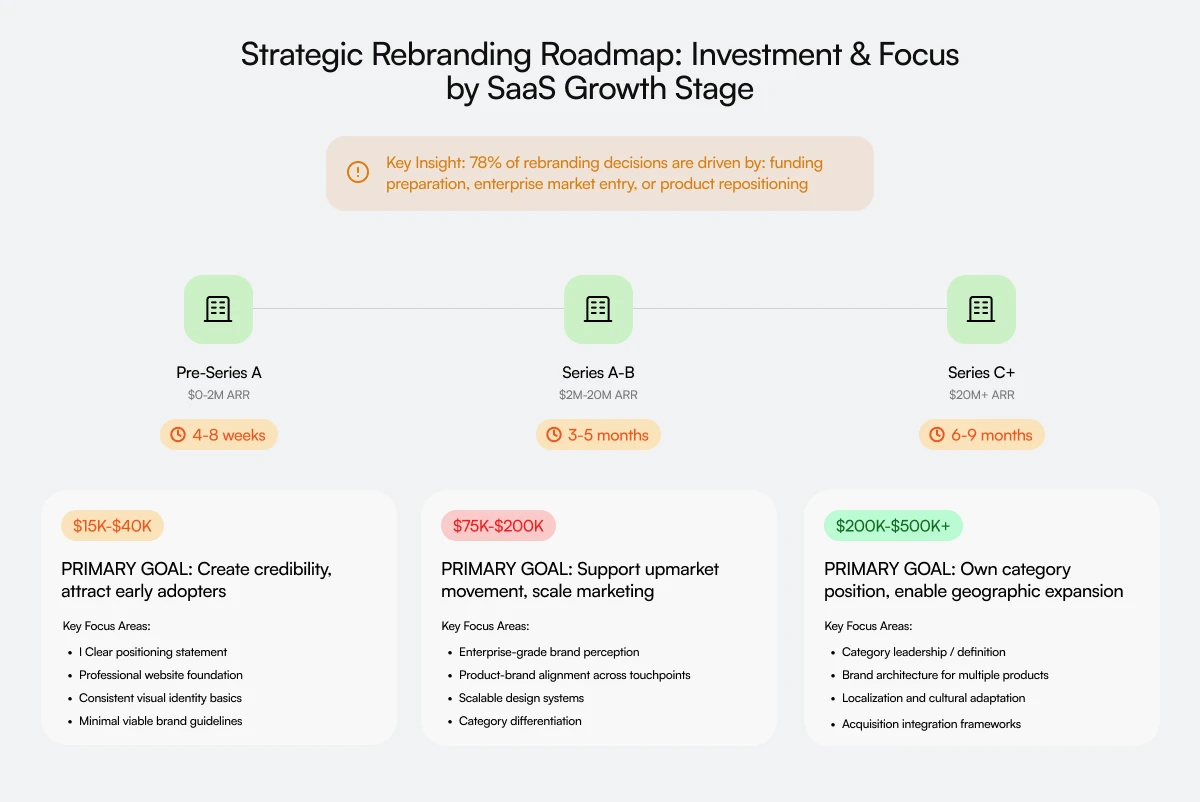
Marketing strategies for SaaS companies vary significantly based on growth stage and revenue scale. Understanding these differences helps allocate resources effectively.
Case Study: When Product Evolution Demanded Brand Evolution
A workflow automation platform launched in 2016 targeting small creative agencies. Their brand reflected this: playful illustrations, casual messaging ("Automate the boring stuff"), case studies featuring design studios.
The problem emerged in 2021. Their product had evolved significantly. They'd added enterprise features, API capabilities, security certifications. Their actual customer base shifted: 58% of ARR came from companies with 500+ employees in healthcare, financial services, and manufacturing. These buyers were IT directors and operations managers—not creative professionals their brand targeted.
Quantified business impact before rebrand: Enterprise deals took 4.2 months on average (industry benchmark: 2.8 months), enterprise win rate was 18% (competitors: 32-38%), and sales feedback indicated 40% of qualified enterprise leads cited "concern about vendor maturity" during lost deal post-mortems.
This approach demonstrates how strategic rebranding addresses specific business challenges rather than aesthetic preferences. Companies facing similar positioning misalignment need a structured process that balances stakeholder interests, technical implementation, and market realities.
Their rebranding approach demonstrated best SaaS branding practices. They didn't change their name—their product name had strong recognition. They repositioned around operational efficiency for regulated industries. The new brand emphasized security, compliance, and scalability. Visual identity shifted from playful to sophisticated but remained approachable. Messaging focused on risk reduction and audit trails rather than creativity.
- Implementation: They hired a specialized B2B SaaS brand strategy firm for positioning ($65,000), worked with a visual identity designer who understood enterprise buyers ($45,000), built a new website in-house with external design consultation ($30,000), and rolled out new product UI gradually over 5 months. Total investment: $140,000 plus 600 internal hours.
- Measured results after 12 months: Enterprise sales cycle decreased to 3.1 months (26% improvement), enterprise win rate increased to 29% (61% improvement), average deal size increased from $32,000 to $48,000 (50% increase). Importantly, existing SMB customer retention remained at 92%, showing the rebrand didn't alienate their base.
- The unexpected benefit: Their repositioned brand attracted higher-quality inbound leads. Marketing qualified lead volume decreased 15%, but sales accepted lead rate increased 45%. They generated fewer leads overall, but more leads matching their ideal customer profile. This improved competitive differentiation in their market segment.
{{vad-quote-2}}
When Should You Start?
Consider rebranding when the business cost of your current brand exceeds the cost of changing it. This happens when sales teams consistently report that brand perception extends sales cycles, when you're expanding into markets where current positioning doesn't fit, when you've acquired companies and need unified brand architecture, or when your product has evolved significantly beyond what your brand communicates.
Don't rebrand when you're experiencing general business challenges without clear evidence that brand is the limiting factor, when you're less than 12 months from a potential acquisition, when you lack internal resources to implement comprehensively, or when you're chasing trends rather than solving problems.
- The resource requirement is real. Beyond financial investment ($75,000-$250,000 for most mid-market SaaS companies), rebranding demands focused attention from senior leadership. Your CEO will spend 20-40 hours over 4-6 months. Your CMO will spend 200-300 hours. Your product and engineering teams will invest 400-800 hours implementing changes.
- Start with an honest assessment. Survey your sales team about brand-related objections. Interview customers who chose you and customers who chose competitors. Analyze website analytics to understand where prospects drop off. Audit competitor positioning to identify genuine differentiation opportunities.
- Effective SaaS brand marketing requires this foundation. If this assessment reveals that your brand creates measurable friction with business goals, rebranding is a strategic investment paying returns for years. If the assessment shows challenges are primarily product, operations, or go-to-market related, fix those first.
Growth marketing initiatives work best when built on a solid brand foundation. The companies that succeed with rebranding approach it as a strategic business initiative, not a creative project. They set clear objectives, measure relentlessly, and stay focused on solving customer problems rather than winning design awards.





